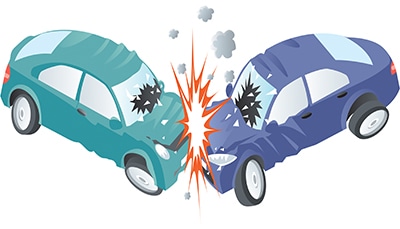Florida No-Fault Coverage – What does it really mean?
By Shannon Morgan, CIC, CPIA
I don’t think that there is any coverage more misunderstood than Personal Injury Protection (PIP) a.k.a. Florida No-Fault Coverage.
The original idea of No-Fault Coverage was to reduce claims costs and reduce the time needed to settle claims by having minor medical bills from an auto accident paid by your own insurance company. It would also, in theory, reduce claims lawsuits by requiring an injured person to meet a certain threshold before being able to file a lawsuit against the at-fault person. Reducing claims costs to the insurance company would in turn keep rates down. Unfortunately that has not happened. PIP coverage has been an area of rampant fraud, which has required reform legislation.
So what does No Fault Coverage really cover? If you are injured by a motor vehicle, whether as a driver, passenger or as a pedestrian, your own insurance policy will pay for 80% of your medical bills and/or 60% of your lost wages up to $10,000 regardless of who’s fault the accident is determined to be. Once that limit is exhausted you can look for additional coverage from your own medical payments coverage or if the other person is at fault and you meet certain criteria (not difficult to do) from the bodily injury coverage on their policy. Under the new PIP laws an injured person must seek medical treatment within 14 days of the accident from a specific licensed medical physician.
No-fault coverage does not have anything to do with property damage. If you cause an accident and damage someone else’s vehicle, you are at fault for the accident. Your own insurance policy will be responsible for the damages to the other person’s vehicle; coverage is provided under your property damage limit and is not subject to a deductible.

